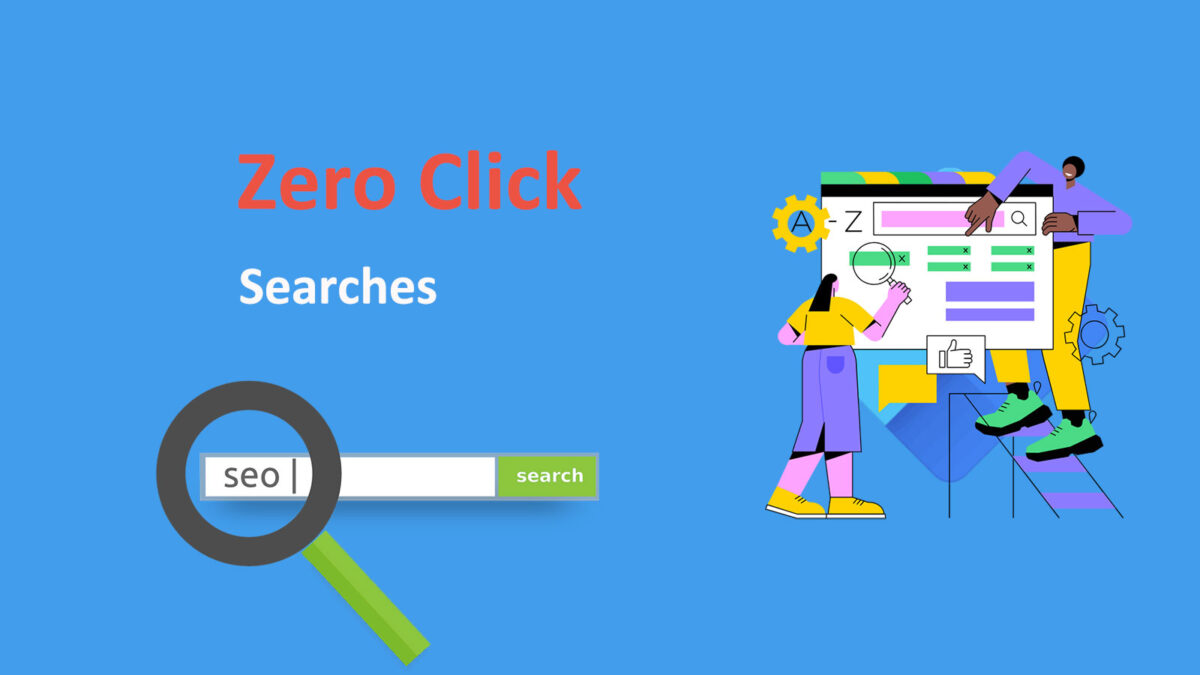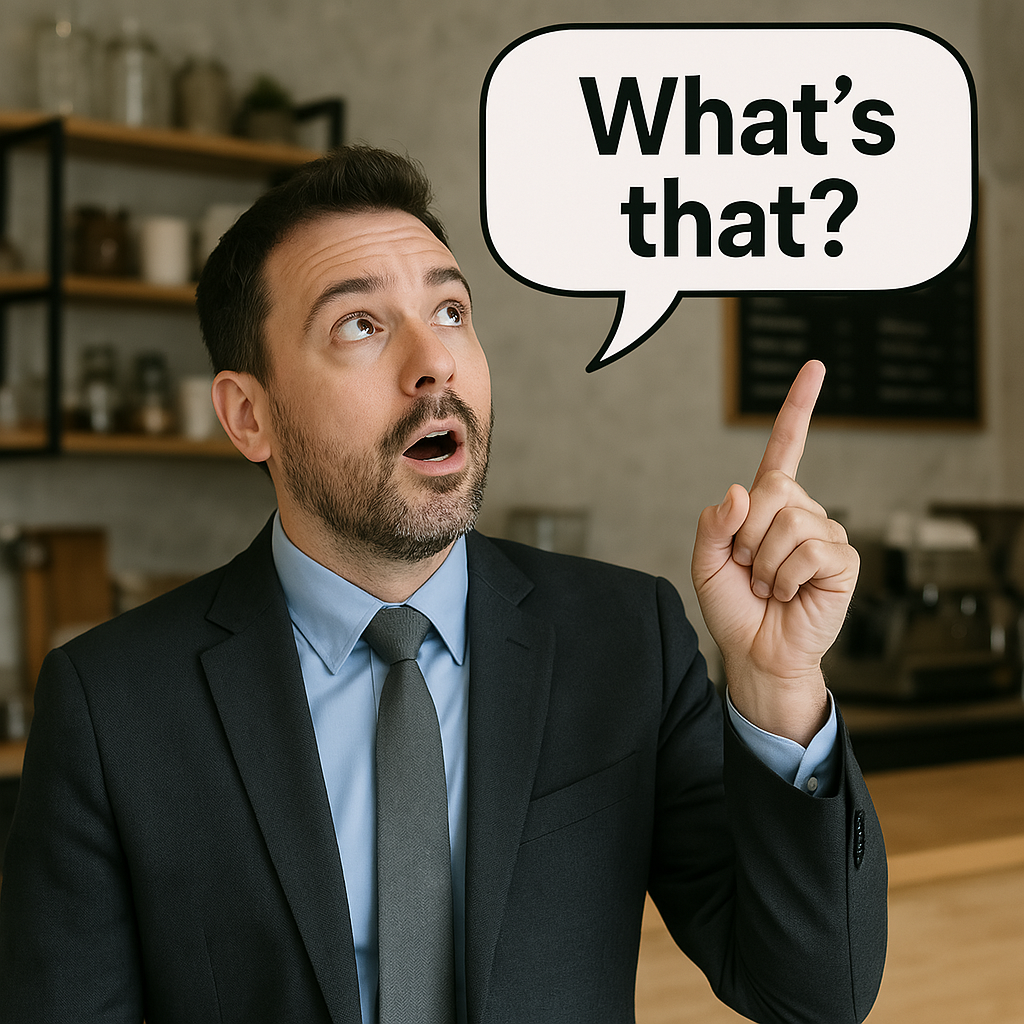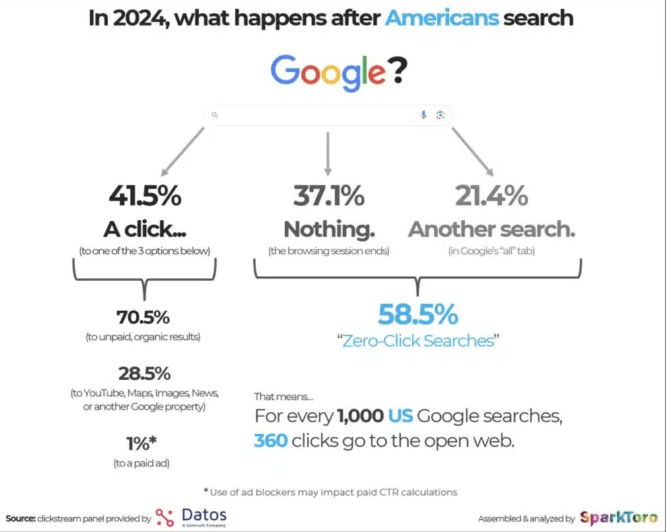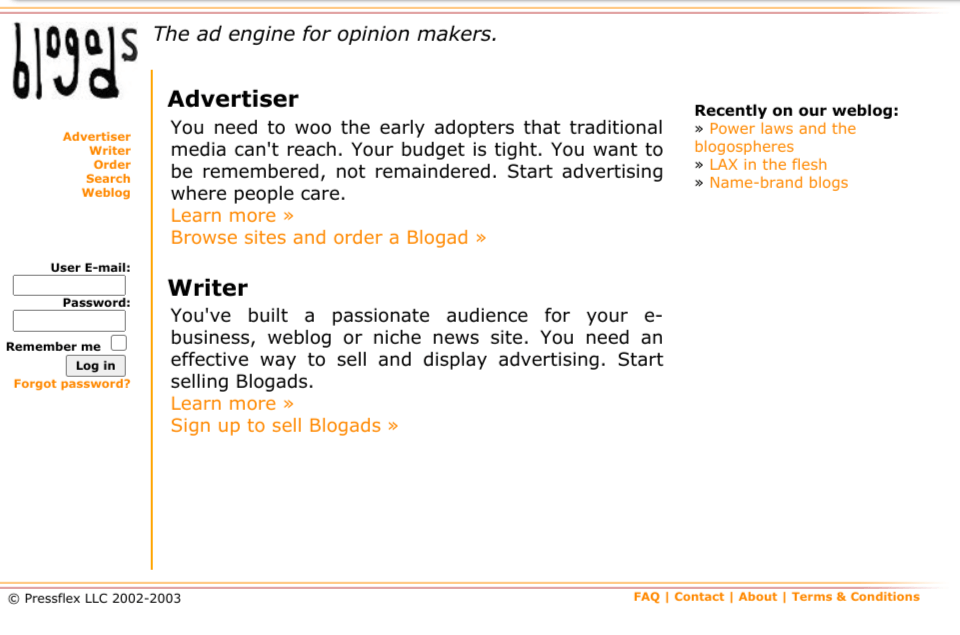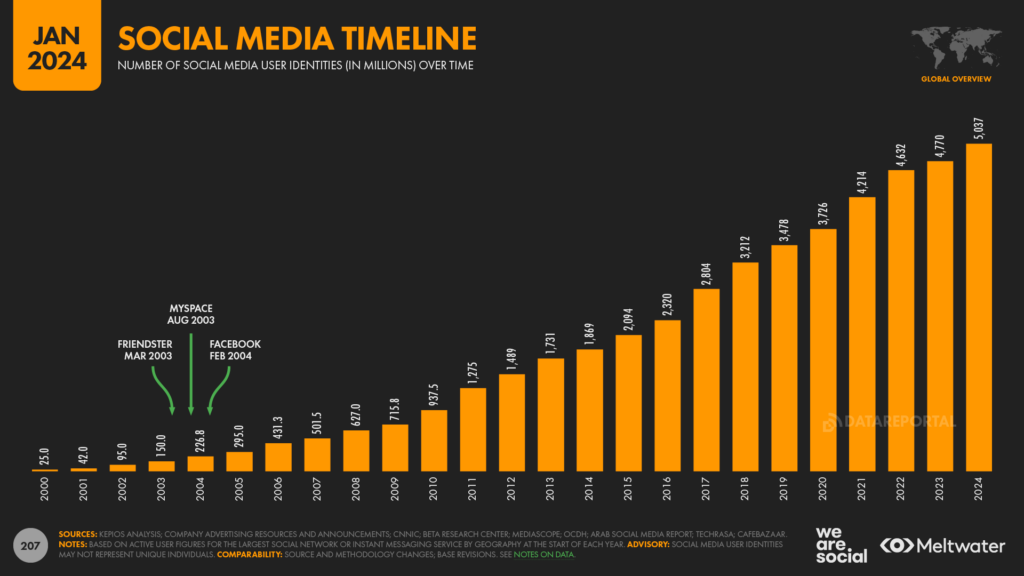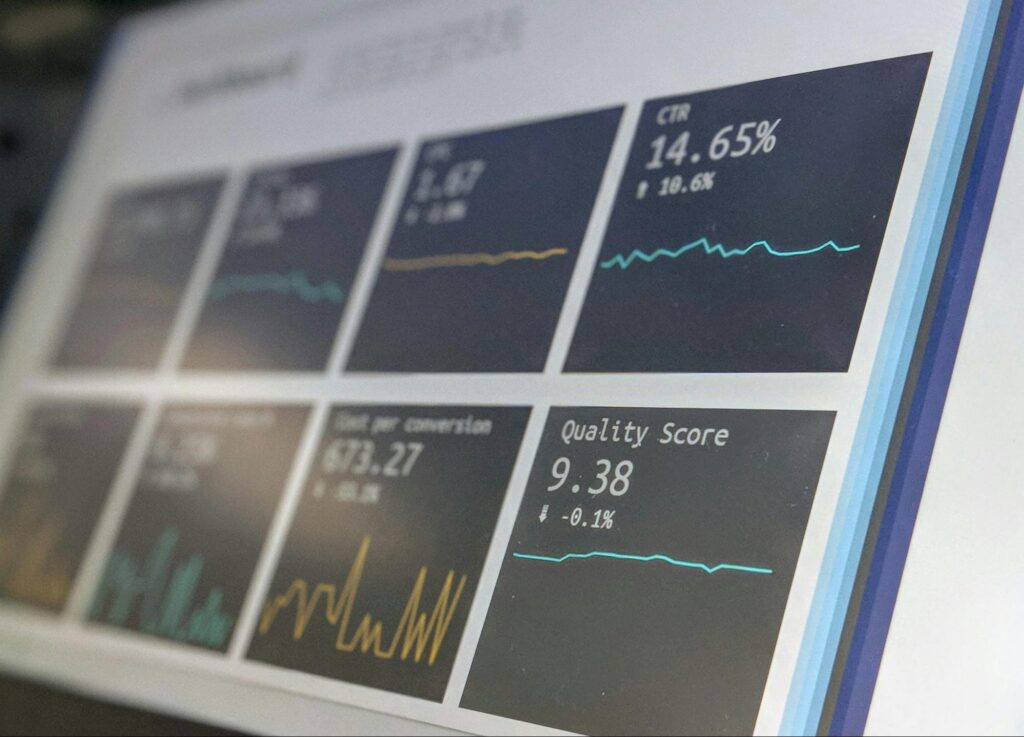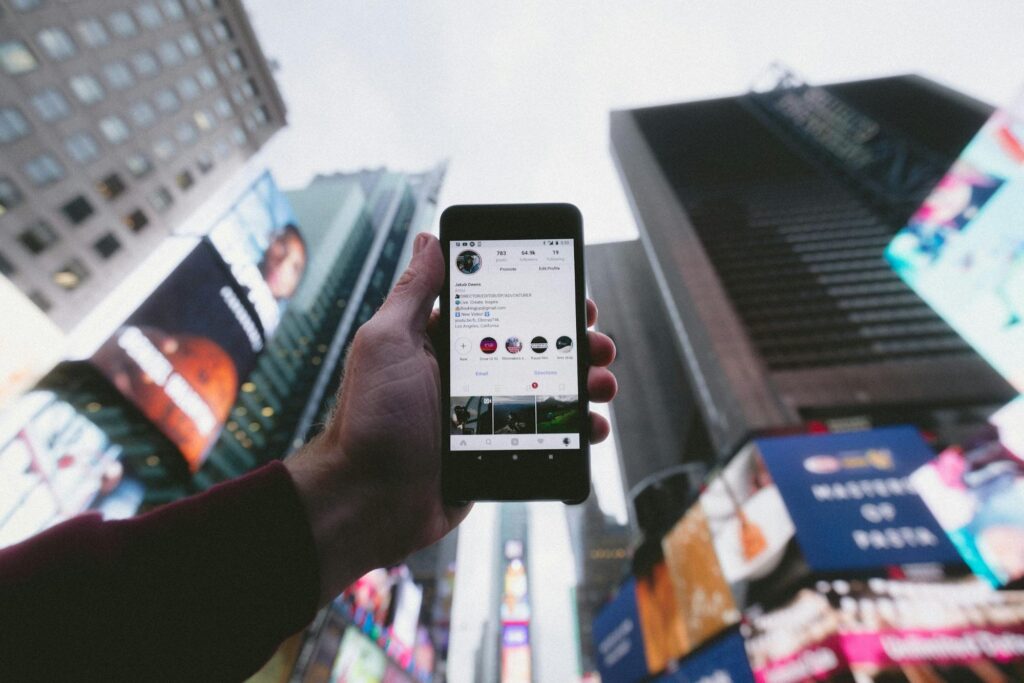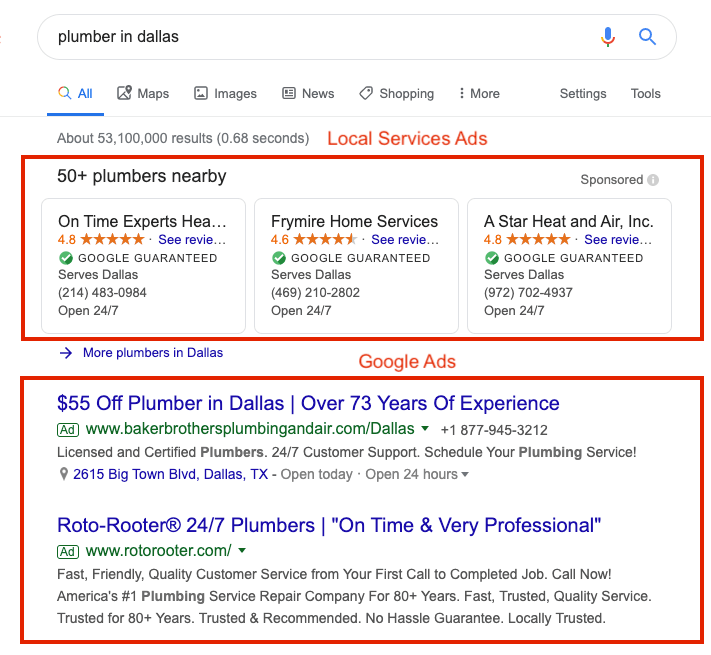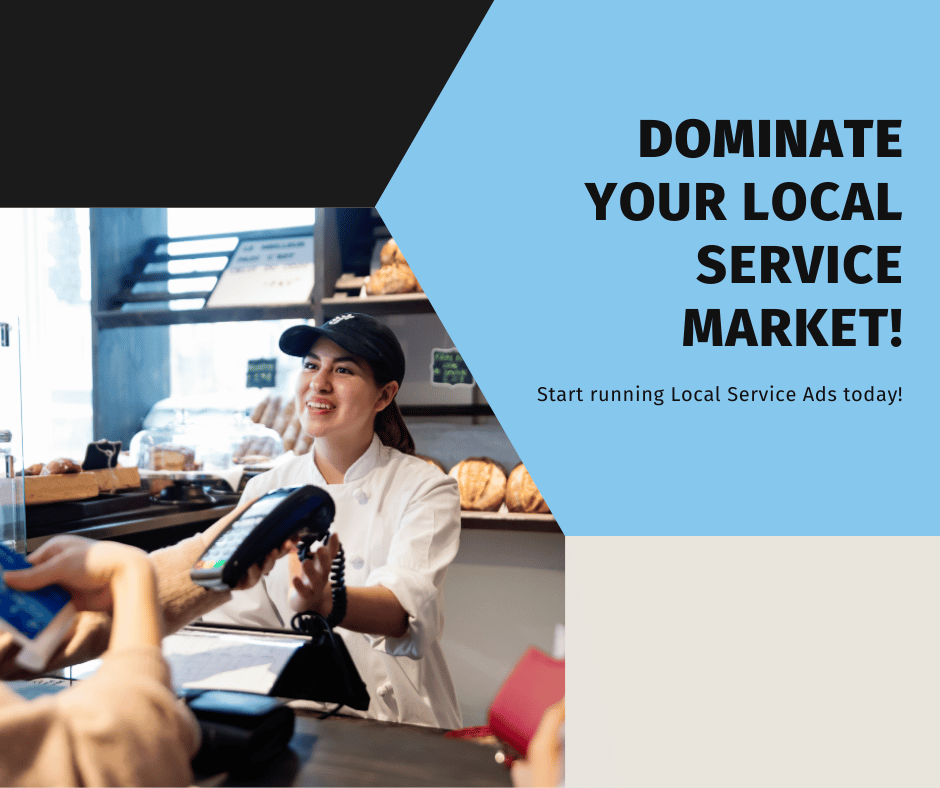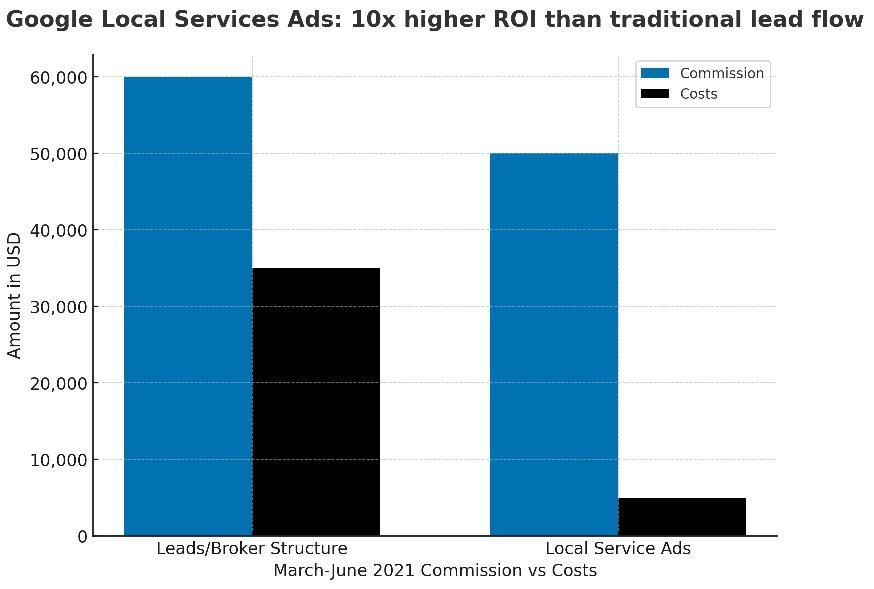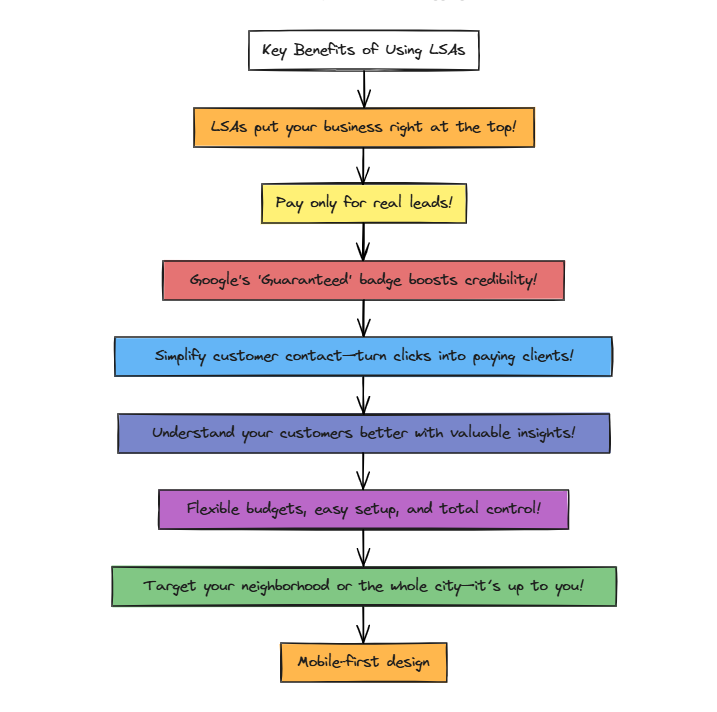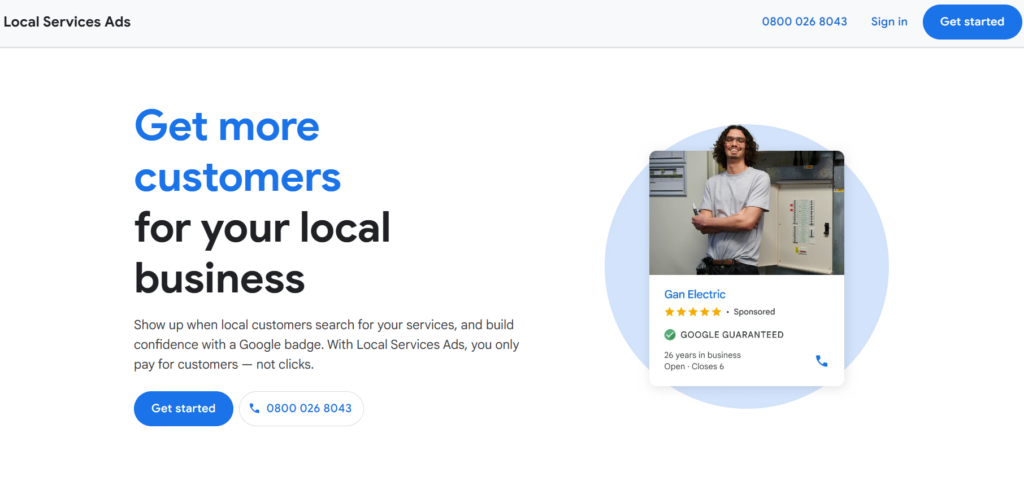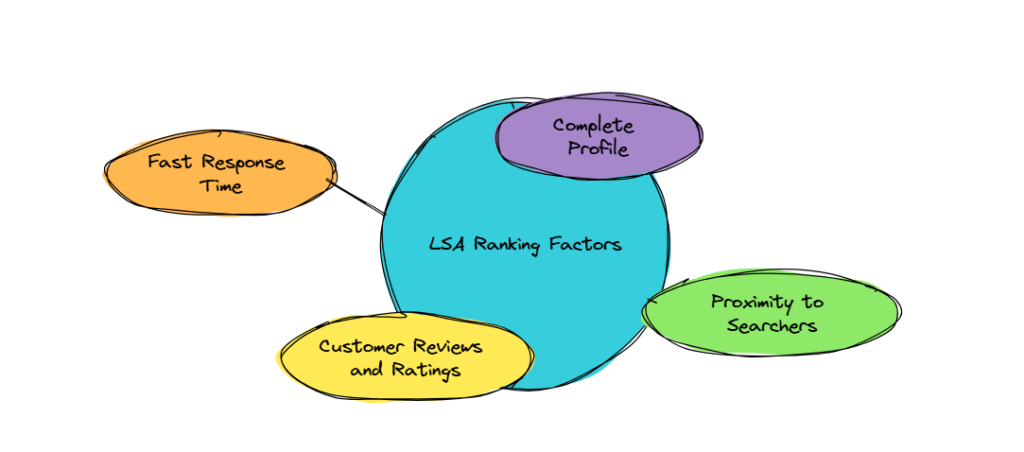The 5‑Step Trust Surge Framework
Caleb Turner
on
April 22, 2025
Why “Trust” Is Your Fastest‑Growing Practice Asset
Trust Surge Framework
When someone Googles “implant dentist near me” or “dermatologist that actually listens”, they’re half‑deciding whether to hand over their health (and a few thousand dollars) before they ever meet you. In a 2024 BrightLocal survey, 87 % of patients said they trust online reviews as much as a personal recommendation when choosing a provider. Translation: your digital presence is now your front‑desk receptionist, chair‑side manner, and waiting‑room aroma—all rolled into one.
The Trust Surge Framework compresses what marketing pros normally spread out over months into a tight six‑and‑a‑half‑minute routine you can repeat every quarter. Grab your stethoscope (or mirror and explorer) and let’s dive in.
Table of Contents
Step 1 – Perfect Your Profile

Fill Every Blank Space
Google Business Profile (GBP), Healthgrades, Zocdoc, each listing is a formal introduction. An incomplete profile is the digital equivalent of showing up to the OR without scrubs. Make sure:
- Name‑Address‑Phone (N‑A‑P) are identical everywhere (Suite # vs. Ste. throws algorithms into an existential crisis).
- Categories are procedure‑specific: “Periodontist—Implant Dentistry” will outrank plain old “Dentist.”
- Business hours include phone‑answering times, not just when you’re drilling or prescribing.
Pro‑Tip: Copy‑paste your N‑A‑P into a pinned note. Whenever you open a new directory, paste, rinse, repeat.
Visual Proof
Slip a side‑by‑side screenshot into your marketing playbook: one perfectly filled GBP, one “sloppy” with a generic logo and no hours. Let the night‑and‑day difference humble the team.
Step 2 – Show, Don’t Tell

20+ High‑Res Photos
Humans process images 60,000× faster than text (it’s science—and also why we can spot a crooked painting before reading the caption). Aim for:
- Team headshots that reveal you own an iron, not just a white coat.
- Facility shots—reception, operatories, even your fancy autoclave.
- HIPAA‑safe before/after photos. (Crop faces or get explicit consent—patients in 2025 know their rights and how to leave one‑star missiles.)
A 15‑Second Walkthrough Video
Smartphone + gimbal = a mini Netflix tour. Keep it:
- Tight: 15–20 seconds—long enough to show you have walls, short enough to finish before the anesthetic wears off.
- Vertical: Reels and Shorts love 9:16.
- Captioned: 85 % of viewers watch on mute while waiting for the hygienist.
Step 3 – Ethical Review Harvesting

The Post‑Visit Email
While the patient is still marveling at their symmetrical gumline, send an email:
- Subject: “How did we do? (takes 30 seconds)”
- Body: single sentence + bold “Leave a Review” button that lands directly on your GBP review box.
- Open rates average 61 % for post‑care emails—triple most newsletters.
The Discreet QR Card
On the checkout desk, place a 3 × 5 card:
Scan ➜ Review ➜ (optional selfie with new smile)
Patients love high‑tech touches; you love not handing out paper forms like it’s 1999.
Zero Incentives = 100 % HIPAA‑Safe
“You’ll enter a gift‑card raffle” sounds generous until the Office for Civil Rights comes knocking. Keep it to gratitude only. (Besides, no one wants a $15 coffee card from the person who just billed their insurance $3,000.)
Step 4 – HIPAA‑Proof Responses

The 48‑Hour Rule
Reply to every review—glowing or scathing—within two days. Silence reads like guilt; slow replies read like you’re too busy counting money.
| Reviewer Mood | Your HIPAA‑Safe Template |
| Ecstatic: “Dr. Lee made my veneers look natural.” | “Thank you for the kind words! We love creating confident smiles. – Dr. Lee’s Team” |
| Furious: “They ruined my root canal!” | “We’re sorry to hear you’re disappointed. Please call our office at 555‑7890 so we can help.” |
Notice what’s missing? No protected health info. No: “Ah yes, Mrs. Gonzalez, about that molar #19…”
Gold Standard: Thank ➜ Apologize (if needed) ➜ Move offline. In that order. Every time.
Step 5 – Audit & Repeat
Monthly Citation Scan
Use a free tool like Whitespark’s Local Citation Finder or low‑cost BrightLocal to export every listing. Fix any N‑A‑P drift (suite #, new phone line, spelling variations).
Track Star Ratings
Dump ratings into a Google Sheet:
| Month | Yelp | Zocdoc | Healthgrades | Avg. | |
| Jan | 4.6 | 4.2 | 4.7 | 4.5 | 4.5 |
| Feb | 4.7 | 4.3 | 4.8 | 4.6 | 4.6 |
If any platform drops 0.2 stars or more, launch a micro‑campaign: email last month’s satisfied patients and politely ask for a review.
Quarterly Photo Refresh
New team member? Remodel your lobby? Swap out images before they start looking like dental X‑rays from the ’80s.
Putting It All Together (Spoiler: It Compounds)
Individually, each step nudges conversion rates. Together, they create a trust flywheel:
- Optimized profiles rank you higher in Maps.
- Visual proof keeps bounce rates low.
- Fresh reviews raise click‑through rates (CTR) by up to 35 % compared to listings with fewer than five recent reviews.
- HIPAA‑safe responses show regulators—and patients—you know the rules.
- Routine audits prevent “citation creep” that erodes local rankings over time.
By month three, most practices see:
- 10–25 % lift in organic phone calls.
- 5‑point jump in review counts (without begging Grandma to write another).
A noticeable drop in lead cost from Google Ads because the algorithm rewards listings with higher Quality Scores.
Common Excuses (And Their Cavity‑Free Counterpoints)
Excuse | Rebuttal |
“I’m a surgeon, not a TikToker.” | Great—record once and let your receptionist upload. You’ve spent years mastering sutures; this is 15 seconds with a smartphone. |
“Patients don’t care about photos.” | Before scrolling any further, check your phone. Count how many photos you liked today. Your patients did the same—right before Googling you. |
“Responding to reviews is awkward.” | So is explaining a root canal. Yet you do it daily. Have an assistant do it for you. |
Metrics That Matter (Steal‑This Dashboard)
- Profile Completeness Score – Aim for 100 % across top five directories.
- Photo Count – Minimum 20, update quarterly.
- Review Velocity – ≥ 3 new Google reviews/month.
- Average Response Time – < 48 hours.
- Citation Consistency – 0 mismatches.
Plug these into Looker Studio (formerly Data Studio). Set red/yellow/green conditional formatting—because nothing motivates like a bright‑red cell screaming “FIX ME.”
Final Checkup: Your 30‑Day Sprint Plan
| Week | Action | Outcome |
| 1 | Audit & perfect GBP + top directories | 100 % profile completeness |
| 2 | Shoot photos & 15‑s walkthrough | 20+ images uploaded |
| 3 | Launch post‑visit email + QR card | First wave of new reviews |
| 4 | Reply to all reviews, build KPI tracker | HIPAA‑proof reputation engine |
Rinse, repeat next quarter. The Trust Surge framework scales: whether you’re a solo endodontist or a 10‑op insurance‑free powerhouse, the principles stay identical, just swap one practitioner selfie for ten.
Parting Wisdom from the Mouth (Mirror) of Experience
Patients can’t smell your lavender essential oils through a screen, but they can smell neglect. Show them you care online, and they’ll assume you care even more in person. Besides, nothing tastes sweeter than a five‑star review, except maybe post‑op ice cream (try the vanilla, skip the nuts).
Ready to spark your own Trust Surge Framework? Crack open that spreadsheet, pop your phone on the charger, and book a 30‑minute strategy call with SEO Rank Media. When the timer dings, you’ll be one step closer to a waiting room that feels like a Beyoncé concert—minus the pyrotechnics, plus a whole lot of booked appointments.



